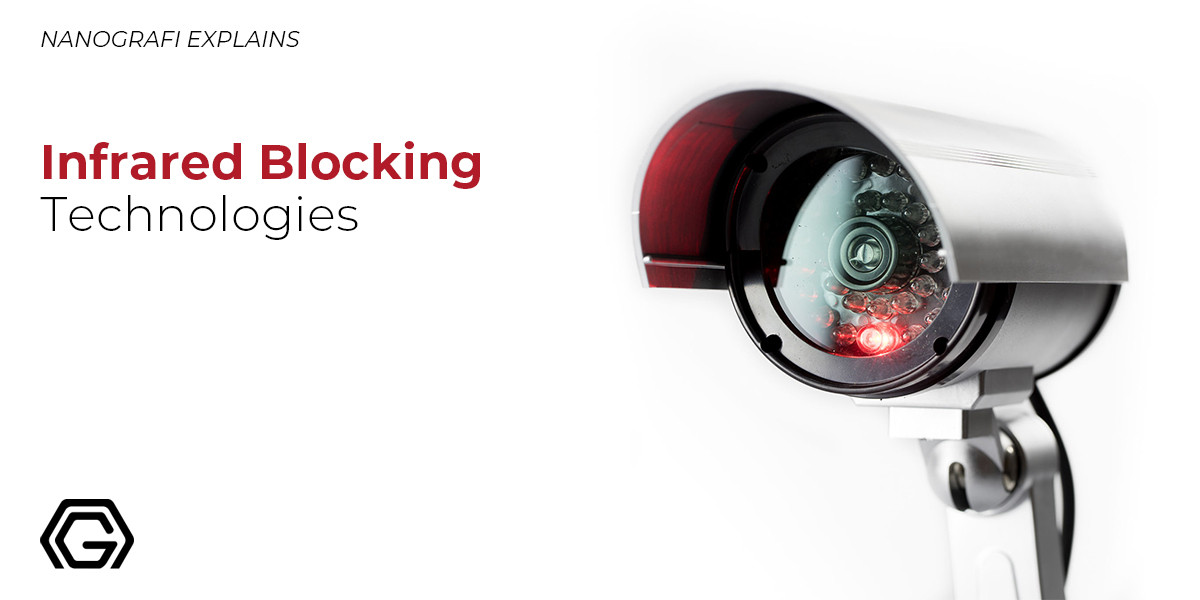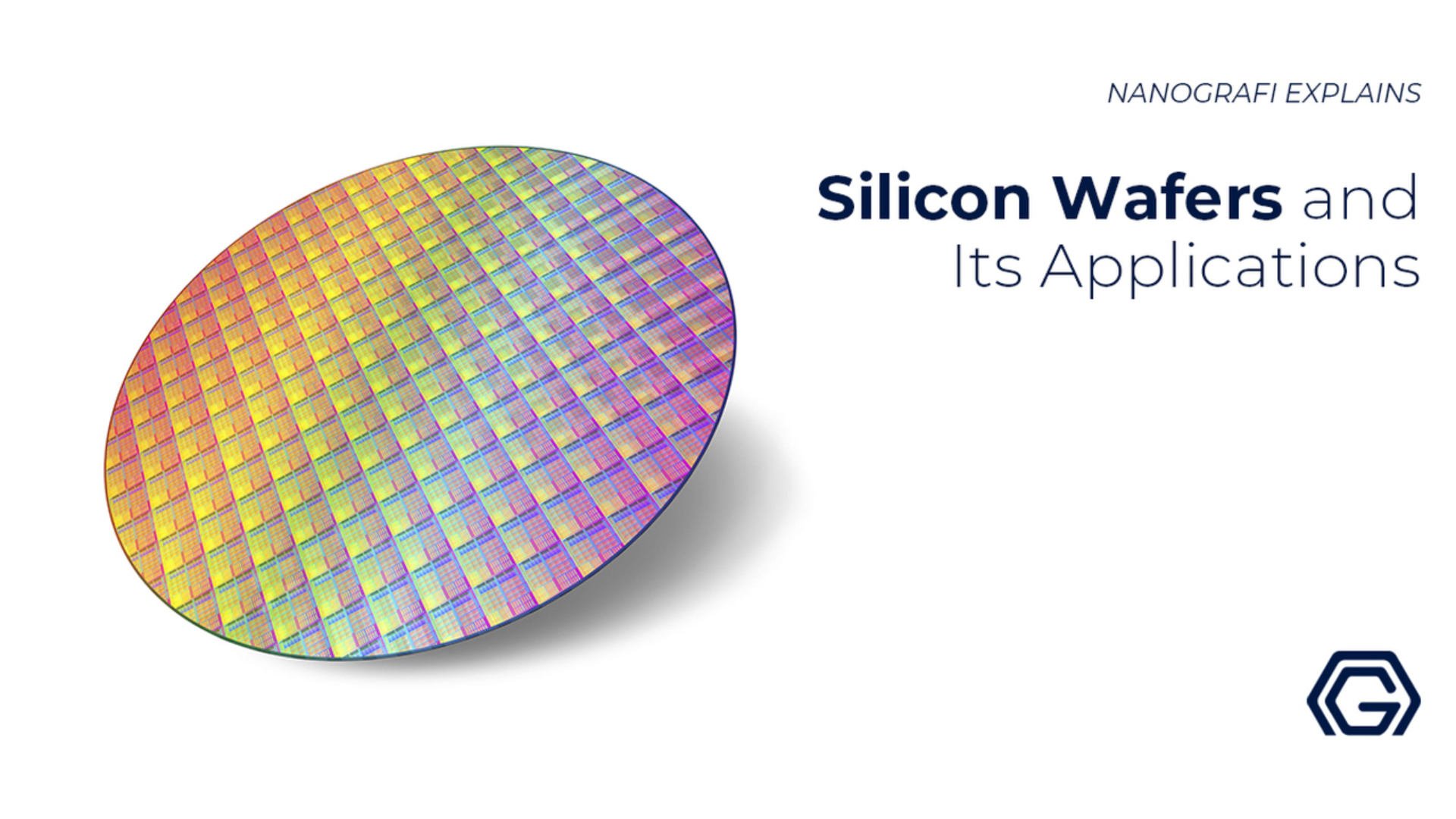Infrared Blocking Technologies
Infrared filters which are also called infrared cut-off filters or heat-absorbing filters are mainly designed to prevent or reflect electromagnetic radiation from the infrared region.
These blockings and filters are employed in instruments that are equipped with bright incandescent light bulbs including overhead projectors in order to keep away and stop deterrent and unwanted Heating.
Vahid Javan Kouzegaran
Analytical Chemist (Ph.D.) / Nanografi Nano Technology
Introduction
These blockings and filters are employed in instruments that are equipped with bright incandescent light bulbs including overhead projectors in order to keep away and stop deterrent and unwanted Heating.
Infrared Cut-off Filters
In this class, there are also blocking filters which are applied in a solid-state video cameras to prevent IR radiation mostly because of the highest sensitivity of sensors of many cameras to near-infrared radiation which is typically blue.
Observatories Near-Infrared Filter Set
The idea of developing a new set of infrared blocking was first suggested in 2002 in order to introduce a filter set capable of minimizing color terms in transformations located in photometric systems as well as reduce the uncertainty in determining photometric systems absolute calibration. Nevertheless, the filters and blocking suggested based on this new technique are designed to increase the throughput as high as it is possible and decrease the impacts of atmospheric infrared absorption unlike the blockings proposed previously. Low dependence on atmospheric absorption reduces the sensitivity of photometry to water vapor variations as well as in the altitudes in observatories where these filters are employed. Particularly, the new features maintains extrapolation 2 zero air mass with the least possible faults and errors. Appropriate filters to be employed in numerous facility devices and telescopes are highly required and it is favorable to include adequate substrates in the coating chamber to minimize the cost per filter as the price for infrared blocking scan filters is considerably dominated and determined by the technical difficulties of the coating process. There is now a strong incentive to fabricate economical custom filters with added benefits for most applications that deal with infrared radiation. 1
Filter Specification and Fabrication
The amount of band transmission (Less than 10-4 out to 5.6 mm) is essential for applications in InSb detectors. On the other hand, in the case of HgCdTe 2.5 mm cut-off detectors, the out-of-band blocking could be designed for smaller than 3 µm. The best blocking is favorable despite the practical restrictions including manufacturing difficulties and high cost. The operating temperature of 65K with cold filters can scan and predict the shift of wavelength in accordance with temperature. The filters can potentially be used at temperatures of as low as 50 to 77k. The fabrication process of this design involved the accommodation of the filter in a number of institutions and observatories in Australia, California Institute of Technology, Carnegie Institution center for astrophysics, Canada-France-Hawaii telescope, Cornell University, NASA and so on.1
Infrared-Blocking Filters for Superconducting-Tunnel-Junction Particle Detector
It is a critical point to prevent the performance of a detector because of infrared radiation. In order to get over this issue, metal-mesh infrared blocking filters have been designed as highly effective for superconducting tunnel junction particle detectors. Freestanding 590 nm thick Cr/Cu films, a small membrane and a series of circular holes and about 2 µm in diameter construct one of the best structures in this class. Based on the data transmission efficiency, it has been revealed that a transmission of 300K radiation is only 1%. From another point of view, the efficiency of ion transmission is nearly 20% which is in a good agreement with geometrically expected values. Superconducting particle detector are considered so favorable because of their excellent efficiency for mass spectrometry in detecting large molecules and the ability to elucidate and analyze ion charger states and mass values simultaneously through kinetic energy measurement which in turn cannot come true if conventional ion detectors such as iron multipliers old microchannel plates are employed. In effect, the key technology in mass spectroscopy with a cryogenic particle detector is the quality of shielding radiation. Particularly, there needs to be an open chamber for a flight path until atoms or molecules could be received on the detector. Accordingly the detector on a cryogenic conditions is subjected to 300,000 blackbody radiation along the flight path when the operation is done in a linear mode. Therefore, the performance of detectors based on superconducting materials under cryogenic conditions is considerably affected when there are no measures to prevent the radiation. 2
If you are interested in applications of silicon wafers,
you can read our blog post here.
Infrared Blocking Fabrication and Qualities for Mass Spectroscopy
The IR blocking filters to be used in mass spectroscopy need to have a metal mesh with a d grid pitch in order to reflect radiations with wavelengths greater. Accordingly, the pitch has to be 5 µm since the 300,000 black body radiation possesses a peak intensity at around 10 µm. The metal mesh open space area has to be big enough in order to maintain meaningful particle transmission efficiency and the filter size is expected to be greater than the detector. Up to this point, numerous free-standing metal membrane filters have been suggested with excellent spectral properties in blocking IR radiation. Recently, a membrane out of a mesh-patterned epoxy has been fabricated that is covered in aluminium film with band pass radiation of 10 µm in wavelength. 2
Liquid Crystal Color Filter with Infrared Blocking
A liquid crystal color IR filter is composed of a blocking dye used in an integration within the filter in order to prevent infrared radiation from damaging the filter performance with applications in imaging systems. The dye is incorporated into a liquid crystal element in the filter or particular components. There are some appropriate dyes that can transmit light in the visible range of spectrum and absorb the radiation in the infrared region in the range of 800 to 1200 nm. This sort of IR blockings filter are generally used in imaging systems like cameras scanners and other relevant imaging devices. Technically, imaging sensors that are based on silicon technology have to employ an infrared blocking or device and an optical system. There is a fact that devices based on silicon are generally sensitive to radiation with the wavelength off to 1200 nm. If the infrared radiation could penetrate into the array, it can result in the generation of output image signal causing a false response and the distorting the image created by the device.3
Infrared Blocking for Broadband Optical Metrology
The infrared filters and blocks used in optical metrology comprise a substrate equipped with film stocks on opposing surfaces thereof. The first film stack is used to transmit the radiation from ultraviolet region and beyond it. The second film on the other hand reflects the visible to near-infrared radiation. The combination of these two classes of films can accordingly extract infrared radiation and the broadband beam with the leftover ultraviolet radiation and visible to near-infrared spectra applied as parts of illumination objects. 4
Conclusion
In contrast to the human eye, silicone-based sensors such as charged couple assays and complementary metal-oxide semiconductors possess sensitivities that extends into the near-infrared region of spectrum. Such sensors also expand radiation with a wavelength of 1000 nm. IR blocking filters are particularly employed in digital cameras to prevent images with unnatural–looking images. These IR blocking filters are basically employed in infrared photography so that they can pass infrared light and prevent ultraviolet and visible lights which basically seem black to the eye, however, they are transparent when they are employed in IR sensitive devices.
To get more information, you can visit Blografi.
References
Tokunaga, A. T., Simons, D. A. & Vacca, W. D. The Mauna Kea Observatories Near‐Infrared Filter Set. II. Specifications for a New JHKL ′ M ′ Filter Set for Infrared Astronomy . Publ. Astron. Soc. Pacific 114, 180–186 (2002).
Shiki, S., Ukibe, M., Maeda, R. & Ohkubo, M. Infrared-blocking filters for superconducting-tunnel-junction particle detector. Jpn. J. Appl. Phys. 47, 3682–3685 (2008).
Starr, G. W. (12) United States Patent. 1, (2001).
Examiner, P., Robinson, M. A., Examiner, A. & Stephens, S. (12) United States Patent. 2, (2007).
Recent Posts
-
Advanced Materials for Unmanned Aerial Vehicle (UAV) Protection Against Laser
Consider a UAV on a critical mission, rendered inoperative by a sudden laser attack. With the increa …26th Jul 2024 -
Simulation and Modeling of Material Properties
Our world is composed of a dazzling array of materials, each with its own unique properties that dic …19th Jul 2024 -
Advanced Coatings for Superior Corrosion and Wear Resistance
Corrosion and wear pose significant challenges across various industries, leading to substantial eco …12th Jul 2024






